What Is Google PageRank?
Google PageRank (PR) is an optimization algorithm used by Google Search to rate web pages in the google search results. Google PageRank was called after Larry Page, one of Google’s founders. It is a way to calculate the value of a website.
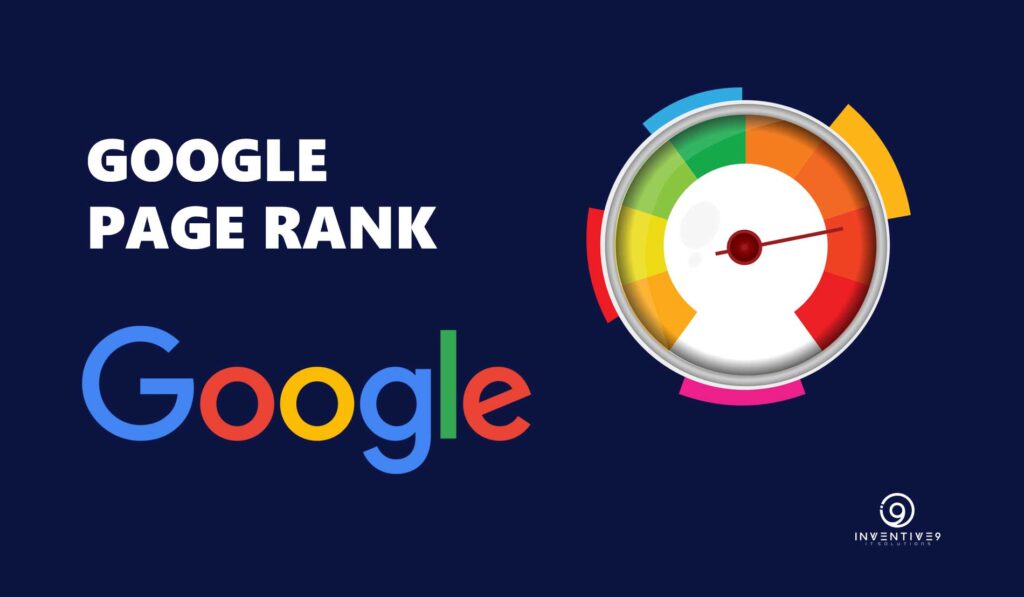
However according Google,
Google PageRank operates by calculating the number and value of links to a page to make a rough approximation of how relevant the website is.
The fundamental premise is that more relevant websites are likely to receive external connections from other websites.
Google PageRank is currently using a specialized mathematical algorithm to position the site in a specified order.
Few details first if your website is a keyword, it doesn’t immediately earn you the top spot.
It will take time to rise up the ranks and you can register with Google as quickly as possible to go up the ranks.
How Google PageRank Work?
Probably unexpectedly, PageRank is a theoretical explanation algorithm that applies a rating of value to a website page
The Rating of Google PageRank
However, as far as the day-to-day SEO was involved, Google PageRank was a regular reflection of a macroscopic scale between 0 and 10 that was seen on the Google PageRank toolbar.
A Google PageRank value of 0 is usually a very low website, and while a positive score of 10 will reflect only the most trustworthy websites on the internet.
Start with a set of pages

Crawl the web to determine the link structure
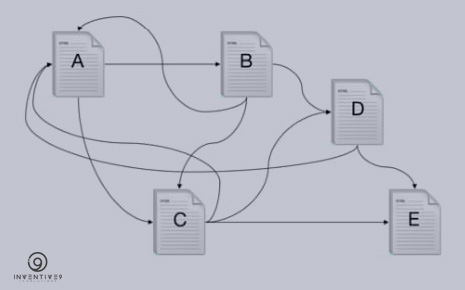
Assign each page an initial rank of 1 / N.
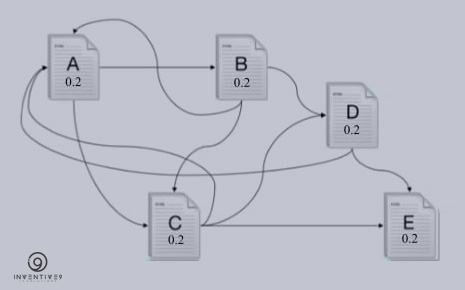
Successively update the rank of each page by adding up the weight of every page that links to it divided by the number of links emanating from the referring page.
In the current example, page E has two incoming links, one from page C and one from page D.
Page C contributes 1/3 of its current page rank to page E because E is one of three links from page C. Similarly, page D offers 1/2 of its rank to E.
The new page rank for E is
PR(E) = PR(C) / 3 + PR(D) / 2
= 0.2 / 3 + 0.2 / 2 = 0.17
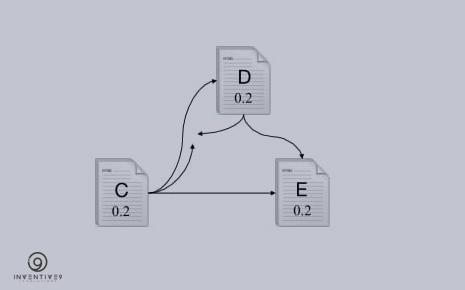
If a page (such as E in the current example) has no outward links, redistribute its rank equally among the other pages in the graph.
In this graph, 1/4 of E’s page rank is distributed to pages A, B, C, and D.
The idea behind this model is that users will keep searching if they reach a dead end.
Apply this redistribution to every page in the graph.
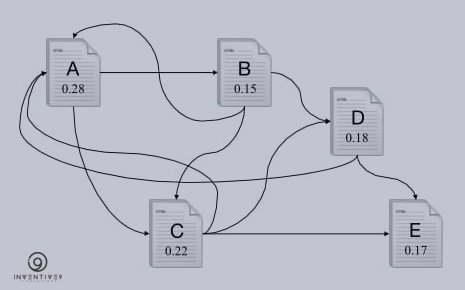
Repeat this process until the page ranks stabilize.
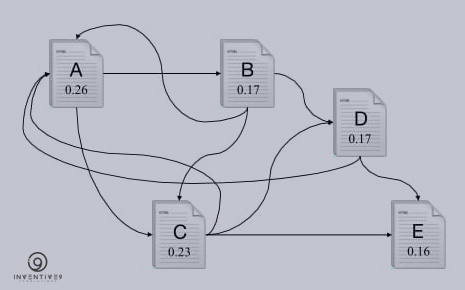
Google PageRank Damping Factor
The Page Rank algorithm adds a damping factor at each stage to model the fact that users stop searching.
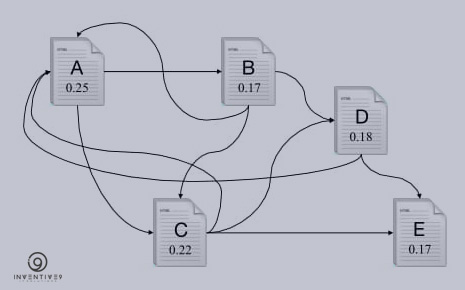
Google Robot will periodically visit your site to keep updating your script and testing its rank and position.
Ultimately, the site is going to push up the leagues and jump on top.
It may take time and effort,
But you’ll get the sense of holding it there until you use the right combination of keywords and connections.
But getting the correct URL (Web Address Locator) doesn’t promise the top position either.
You will need to share or reciprocate connections with other Google users.
The further you get Google domains that are indexed, the sooner and faster your blog will be ranked.
Likelihood: Maybe you’ve been on the Internet and you’ve been exploring websites and websites checking for valuable information on a favorite hobby or analyzing a subject for home or work.
For more details about how Google PageRank works, You can visit the official link here Search algorithms.
Obstacles For Google PageRank algorithm
One of the challenges for the designers of any search engine is ensuring that a commercial interest can’t artificially increase its ranking by creating many other pages whose only purpose is to link to that company’s home page.
Adopting the PageRank algorithm makes it harder for authors to manipulate the system because the ranking of a page depends on the prestige of important pages that are typically outside the control of those who are seeking to game the system.
Preventing users from manipulating their own web rankings is an ongoing problem for all search engine companies. To help ensure that the rankings remain fair, Google must keep the details of the ranking algorithms secret and change them often enough to outwit the would-be saboteurs.
PageRank : Bring Order to the Website
The web-based citation (link) graph is a valuable resource that has largely gone unused in current web search engines.
Maps containing as many as 518 million of these hyperlinks have been generated, a large sample of the total.
These graphs make a simple estimate of the “PageRank” web page, an empirical indicator of its citation value that compares well to the subjective concept of the importance of people.
Because of this interaction, PageRank is an ideal way to prioritize the results of web searches for keywords.
For the most common topics, a basic text mapping search limited to web page titles executes beautifully while PageRank prioritizes results. For the sort of full text search in Google’s key framework, PageRank also helps a lot.

PageRank Calculation
Academic citation research has been used on the internet, mainly by counting citations or backlinks to a given page. This provides an approximation of the value or consistency of a page.
PageRank expands this principle by not counting links from all pages similarly, and by trying to normalize a lot of links on the list. PageRank is defined as the following:
We assume page A has pages T1…Tn which point to it (i.e., are citations). The parameter d is a damping factor that can be set between 0 and 1. We usually set d to 0.85.
There are more details about d in the next section.
Notice that PageRank is a conditional probability over internet pages,
Also, C(A) is defined as the number of links going out of page A. The PageRank of page A is given as follows:
PR(A) = (1-d) + d (PR(T1)/C(T1) + … + PR(Tn)/C(Tn))
so the amount of all PageRank web pages will be one.
PageRank or PR can be computed using a simple effective method and relates to the most proprietary relation matrix of the network.
The PageRank for 26 million websites can also be calculated in a few hours on a medium-sized workspace. There is also other information outside the reach of this article.
Functional explanation
PageRank can be thinking of as an user behavior model. We presume that there is a “random sailor” who offers a website at random and keeps clicking on the pages, never clicking “return” but eventually gets frustrated and begins on another random article.
The likelihood that a single sailor would enter a page is his PageRank. And the force sensor is the likelihood on each list that the “random sailor” will get tired and call for another random article.
Another essential difference is the addition of the modulation factor d to a single page or a set of pages.
This enables for customization which can make it virtually difficult to intentionally deceive the program in order to obtain a higher ranking.
A further logical reason is that a website could have a higher PageRank if there are several pages that point to it, or whether there are several pages that point to that and have a higher PageRank.
Conceptually, sites that are well-quoted from multiple locations across the internet are worth looking at. Often, sites that may contain just one quote from anything like the Yahoo! webpage are usually worth looking at as well.
If a website was not of good quality or a damaged link, it is very possible that Yahoo’s webpage will not be connected to it.
PageRank treats all these scenarios and all in though between successively promoting loads through to the network connections.
Effect of Google PageRank
When you type in the keyword(s) that fit the information you’re looking for on Google, you get 10,000 pages of information.
It’s nearly difficult to get through each of them, but you can refine the quest by adding more unique keywords. Here the number of pages is reduced to around 1,000.
Again, this is a ton of pages, so you’re going to start searching through the material to find whatever you want.
You’re going to the first 10 links on the list, Boom! The details you wanted to search was in the first or second – tier of the Google PageRank.
You’re curious how they got such a high rating on Google? You might think it was really costly to get this place to the top of that list.
Identification of Google PageRank with Google Toolbar
For a long time, the Google Toolbar had a Google PageRank function that showed the Google PageRank visited page as an entire number between 0 and 10.
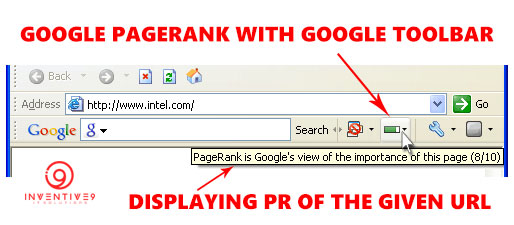
Google PageRank of 10 was shown on the most major sites. The least one showed a PageRank of 0.
Google has not published a precise formula for evaluating the worth of the Google PageRank Application, which is known to be a rough indicator of the value of the website.
In March 2016, Google announced that it would no longer sustain this functionality, and the corresponding API would soon come to a halt.
How Google PageRank can affect SERP Rank ?
The Search Engine Results page (SERP) is the correct answer submitted to the search engine in reaction to a keyword request.
SERP contains a list of links to websites with related text excerpts.
The SERP rank of the website page corresponds to the location of the related SERP source, where higher location generates better SERP rank.
The SERP ranking of a web page is a feature not only of its Google PageRank, but more like a sufficiently wide and constantly adjusted range of variables.
Search Engine Optimization (SEO) is designed to affect the SERP ranking of a webpage or a series of web pages.
The location of a site on Google SERPs for keywords focuses on importance and credibility, also known as reputation and visibility.
Google PageRank is Google’s indicator of the credibility of a website.
Google uses a mixture of a website and a web authority to assess the general authority of a website vying for a keyword.
The Google PageRank of the webpage is the greatest indicator that Google gives to the website authority.
Following the incorporation of Google Places into the standard organic SERP, a variety of other considerations.
In addition to Google PageRank, have had an effect on the rating of companies in Local Business Performance.
The Importance of Nofollow Tag in PageRank
Around mid 2005, Google added a new attribute, “nofollow” for the rel parameter of HTML link and anchor components.
So that web designers and writers can create links that Google would not accept for the reasons of Google PageRank links which no longer serve a vote in the Google PageRank scheme.
In an effort to better fight spamdexing, the nofollow partnership was introduced.
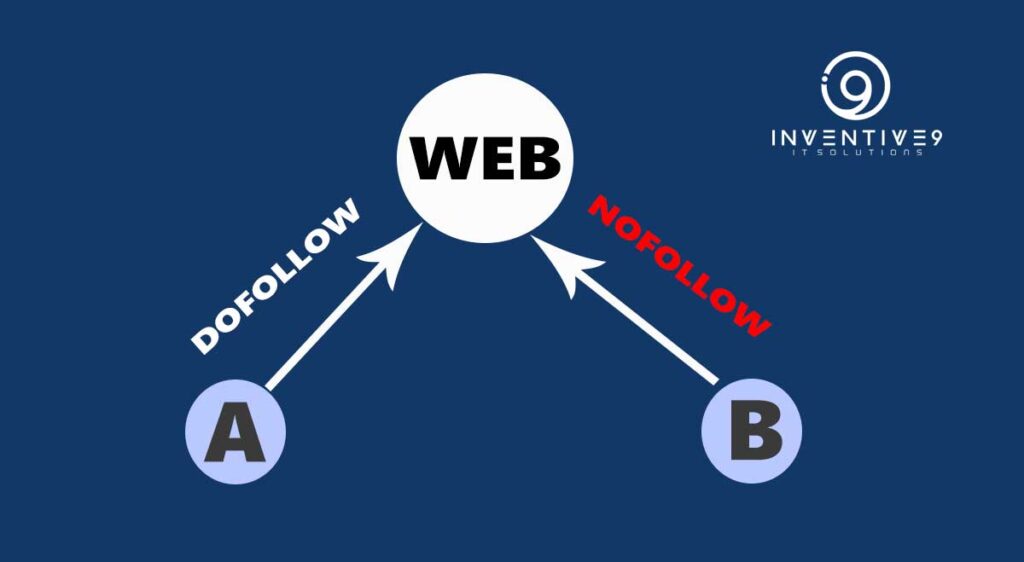
As just an example some people might previously build a series of internet forum posts with connections to their website to falsely pump up their Google PageRank.
Mostly with nofollow value, the internet forum moderators may change their code to dynamically insert rel=’nofollow’ to all URLs in the messages.
Thereby avoiding Google PageRank from becoming influenced by such specific posts.
However this form of prevention often has a range of pitfalls, like reducing the relation worth of valid comments.
During an attempt to manually monitor the movement of Google PageRank between pages inside a webpage.
Many web developers are performing what is recognized as Google PageRank Sculpting the act of selectively putting the nofollow value on certain inbound links of a page in order to enliven Google PageRank to those pages that the website owner finds most relevant.
This has been around since the implementation of the nofollow feature, but could no longer be successful.
Since Google has stated that restricting the transition of Google PageRank with nofollow would not move Google PageRank to all other websites.
The Bad Trick Manipulating PageRank
Some firms offer to sell high Google PageRank links to website owners for search engine optimization purposes.
As links from greater sites are considered to be more useful, they appear to be more costly.
A successful and feasible marketing tactic could be to purchase link ads on premium content pages and related sites to drive traffic and improve the visibility of a webmaster’s link.
However, Google has officially notified website owners that if links are or have been found to be traded for the reason of gaining Google PageRank and credibility, those links will be undervalued.
The method of purchasing and selling is being explored widely in the Webmaster network.
Google suggests that website owners use the value of the nofollow HTML parameter on the supported links.
Google is worried with website owners who want to play those games and further reduce the consistency and importance of Google’s search results.
– Matt Cutts
Checkout our new guide on How to find a good SEO Expert.
Google PageRank algorithm trend
Search Engine Optimization or SEO” has become a trend in the website development industry.
Any client of a successful web designer needs to be number one in their keyword and will be able to spend excess cash to get there.
A successful web developer can set up a website home page to fulfill the unique keyword specifications of their customer.
The customer would therefore cost extra for the exclusivity to stay unchanged. SEO has become a niche for a variety of web businesses.
You know that if they can get the business to the top quickly, the publicity can be beneficial to their industry.
Using advanced META tags (private community of keywords) the computer programmer can strategically put keywords several times in the title bar, keywords, and some even as hidden text.
Any search engines have worked out these trading tricks and suspended those websites from their indexes. Today, Google has been the engine of choice for so many people.
There’s a different logic that Google uses to measure page rank, and keywords are just a portion of it.
Is Google PageRank Dead in 2021?
The answer is Big NO.
Google PageRank new updates is theoretically a major method. It can be a fantastic method.
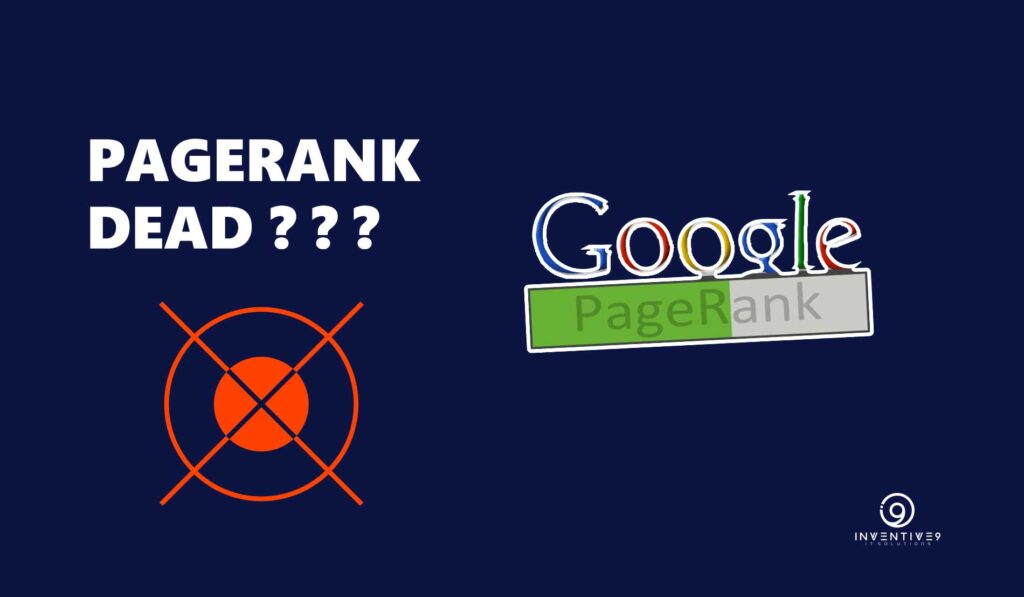
Now as you can realize it rates websites accurately by content, importance, and not merely by the number of links leading to specific websites.
Variables that impact Google Page Rank and somehow still exist
There are and were, variables that affect Google PageRank, of course.
So what are among the variables that can (but have already) affect Page Rank?
We’re going to look directly at some points:
We’ve also discussed the fact that not every tie is the same in respect of the PageRank they transfer.
Text of anchor Links
Visitors clicks on the links
Internal Linking
Relative Nofollow links
Google Pagerank updated structure means consistency, value, and significance. It lets Google know that you’re knowledge and skill and a valued commodity.
Google can take the PageRank and merge it with its text-matching methodology.
How to check your website’s PageRank?
Google already removed PageRank features from the google toolbar, So you can not check your Google PageRank officially. But there are many other third-party websites where you can able to check your website’s PageRank.
On the Pr checker website https://www.prchecker.info , you can check your website’s PageRank for free.
There are also two other third-party tools one of them is you may be aware of this one:-
1) – Ahref’s Domain Website “Authority” Checker, Here you can just simply enter your domain name and Check your domain PageRank or you can say authority score.
As per Ahref.com

What is “website authority”?
“Website authority” is an SEO concept that refers to the “strength” of a given domain.
Some people call this “domain authority,” which is not to be confused with the Domain Authority (DA) metric from Moz.
When we talk about domain authority, we’re talking about a general SEO concept that’s synonymous with “website authority”.
Here at Ahrefs, we have a website authority metric of our own called Domain Rating.
It runs on a scale from zero to a hundred. The higher a website’s Domain Rating (DR), the stronger and more authoritative it is.
The other one is,
2) – MOZ Domain authority score, Here also you can check the authority and URL score of your website.
As per MOZ.com
What is Domain Authority?
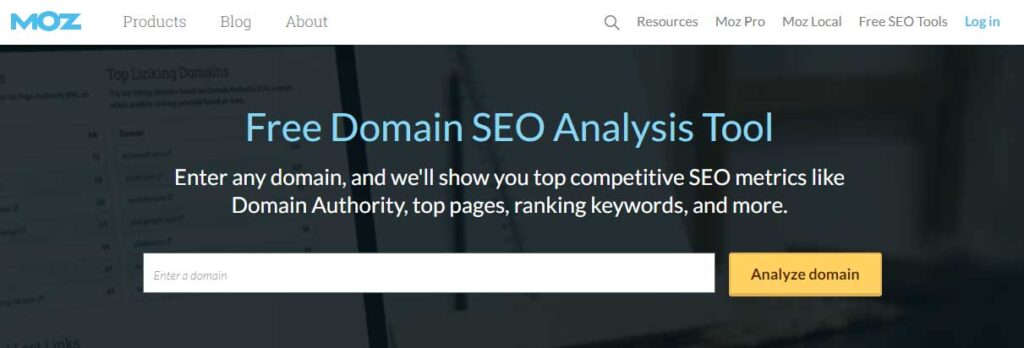
Domain Authority (DA) is a search engine ranking score developed by Moz that predicts how likely a website is to rank on search engine result pages (SERPs).
A Domain Authority score ranges from one to 100, with higher scores corresponding to a greater ability to rank.
Domain Authority is calculated by evaluating multiple factors, including linking root domains and the number of total links, into a single DA score.
This score can then be used when comparing websites or tracking the “ranking strength” of a website over time. Domain Authority is not a metric used by Google in determining search rankings and has no effect on the SERPs.
How can I improve PageRank?
Are there any theories? If you understand SEO, you might already find the solution.
Lots of links, huh? Of course it’s not.
Have I built or optimized the pages and added my URL? Hmm, Yes But that’s a small proportion of progress.
SEO businesses typically do not connect their URL to the pages they already optimized. Okay, but what else is that?
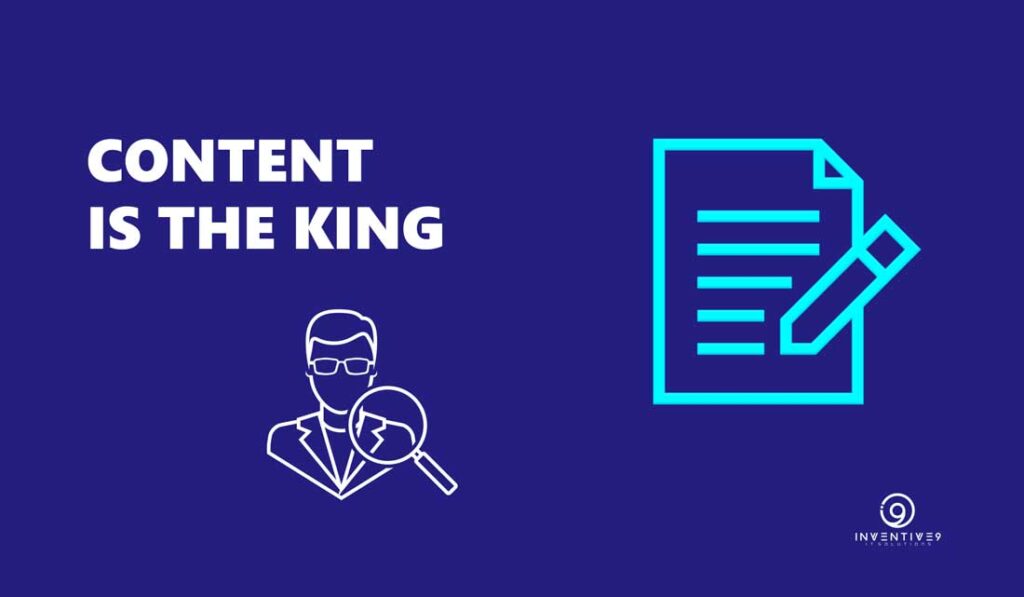
The content? Yes, content is the king now. Better Quality Content is what has been used to help improve my ranking. So how is that possible?
I’m writing posts. There are quality posts, much like the one you’re reading right now. These publications have not been produced by any software.
I have written material with my own experience and researched many blogs that accept posts in my area of interest.
These websites publish my posts on their website, along with my links.
Most of these websites have their very own respectable Page Rating. Their ranking is going to be moved to my blog.
This along with the quality of the website and the content of the sites that connect to it defines if the site is a successful fit.
So a page Authority Rank is sure to benefit you on Google.
Thanks for reading the entire article, if you have questions or queries related to this article then feel free to ask in the comment section below, happy to help you.
